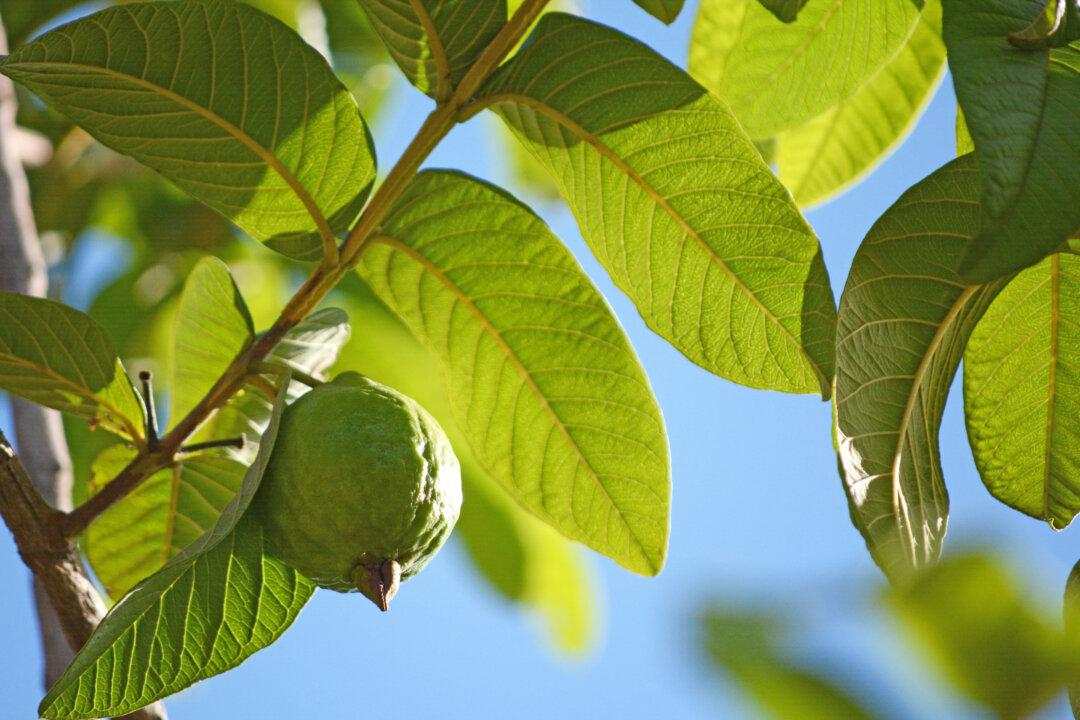Cancer has dethroned heart disease to earn the nefarious title of leading cause of death in high-income and certain middle-income countries.
While heart disease remains the No. 1 cause of death globally among adults aged 35 to 70, in high-income countries, which include Saudi Arabia, United Arab Emirates, Canada, and Sweden, cancer caused sometimes twice as many deaths as heart disease.




